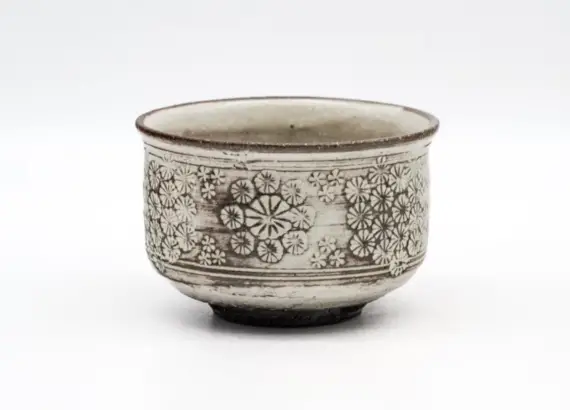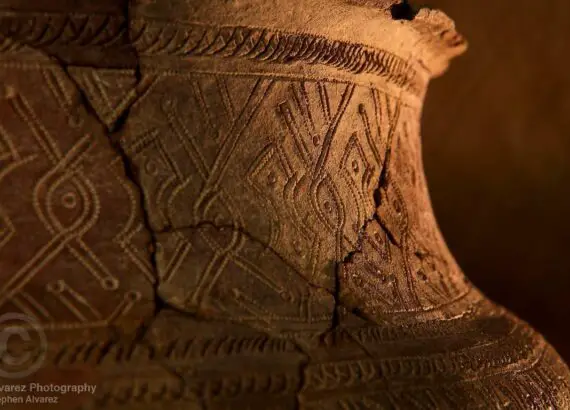Wabi-Sabi – The Japanese Art of Imperfection
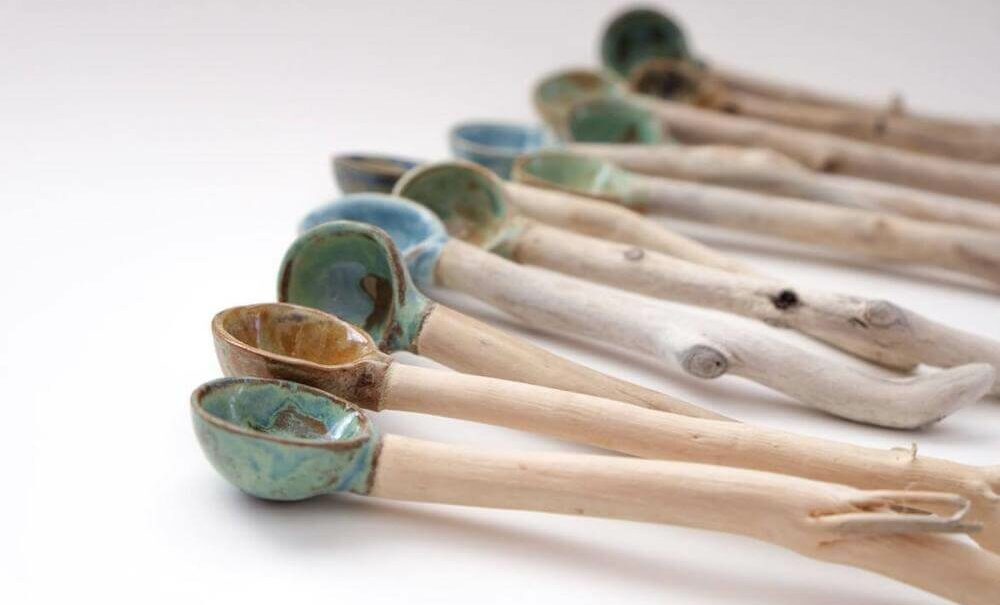
Whether it’s animate or inanimate objects, everything that was born or created certainly has an end. Between the point of birth or creation of an individual or object, several cracks and imperfections will be impressed upon them.
Accepting these imperfections and flaws is the guiding principle behind the Japanese way of life known as the Wabi-Sabi principle.
In the Japanese world of aesthetics, the Wabi-Sabi principle allows one to accept flaws and transience. It simply means looking at an object’s flaws and imperfections and seeing the beauty in it.
Nature is replete with such transient, flawed creations, and appreciating their beauty is the way of life of the Wabi-Sabi believers.
Table of Contents
Definition of Wabi-Sabi
In Japanese, the word “Wabi” refers to elegance and beauty in the unexpected or unregarded. It urges one to focus more on what already is than pursuing what it might be at the expense of the present. Wabi also means recognizing the subtle signs of imperfection that an object has.
“Sabi” refers to one finding means of enjoying the flawed or imperfect nature of things. It could also mean appreciating the effects time has on an object. For example, according to Wabi-Sabi philosophy, marks of wear and tear should be celebrated as milestones and not frowned upon.
Together, the Wabi-Sabi refers to finding joy in the flawed, unregarded aspects of creation.
Wabi-Sabi refers to a Japanese school of thought that deliberately chooses to appreciate the beauty of finite objects rather than flaws. In a world that has overly glamorized the ever-elusive standards of perfection and flawless beauty, Wabi-Sabi is a much-needed reality check. It teaches one to appreciate things even when they’re unrefined or natural -a contrast to the Western beauty standards.
While the Western culture teaches us to idolize perfection and artificial beauty, Wabi Sabi directs that attention to natural beauty. It demystifies the concept of beauty and allows all and sundry the chance to accept themselves and others, flaws and all.
Unlike the Western idea of beauty, Wabi Sabi looks with the eyes and the heart and finds the diamond in the rough.
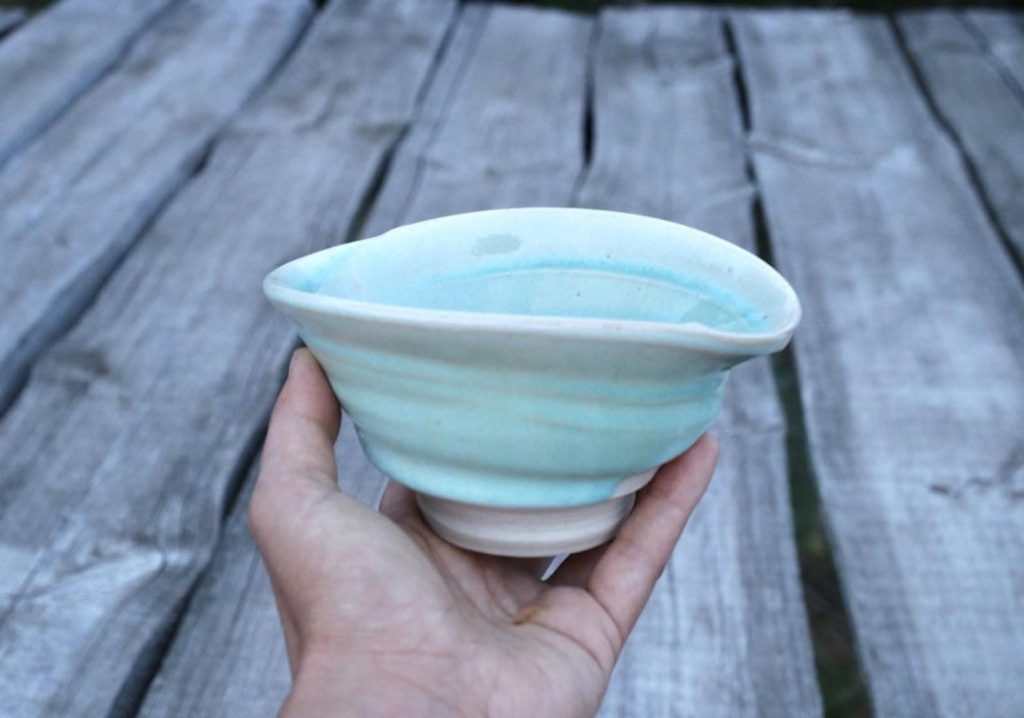
The Design Principles of the Wabi-Sabi
The principles of Wabi-Sabi are also the characteristics possessed by such aspects of creation. They are simplicity, naturalness, modesty, grace, asymmetry, beauty, austerity, and appreciation of nature -both the forces of nature and design.
The History of Wabi-Sabi
The concept of the Wabi-Sabi can be traced back to the later parts of the 16th century in Japan. Legend has it that a young man named Sen no Rikyu was under the tutelage of Tea Master Takeno Jo-o.
Upon instruction from his master, Sen no Rikyu swept the gardens religiously and kept it perfectly raked and debris-free. The last thing he did each time shook the petals from off the cherry tree to the ground.
As redundant as this sounds, the goal was to directly oppose the then trending philosophy of preferring perfection over naturalness.
Wabi-Sabi In Pottery
Seeing as Wabi-Sabi was regarded as a Japanese way of life, it quite predictably found its way into Japanese pottery. This time, pottery infused with Wabi Sabi was created using a style known as “Kintsugi.” This style took “celebrating your flaws” to a whole new level by literally highlighting those flaws with gold.
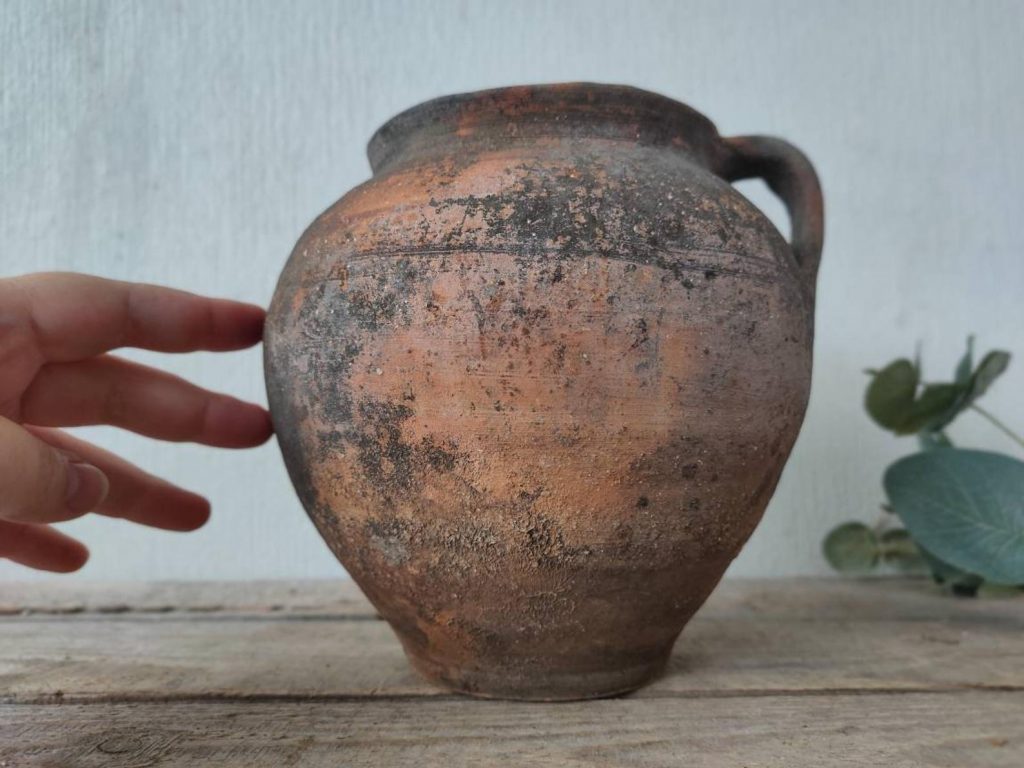
When a piece of pottery succumbs to the effects of use, it is carefully pieced back together with resins and gold. The kintsugi potters would take the pottery, apply an adhesive on it, piece it together, and dust it with gold powder.
The philosophy behind this was to highlight those flaws as something to be celebrated rather than despised.
Therefore, smashing pottery became a trend at that time, as beauty standards were slowly refined.
Frequently Asked Questions About Wabi-Sabi
Below you’ll find answers to most asked questions about Wabi-Sabi.
Is Wabi Sabi A Philosophy?
The Wabi-Sabi is both a philosophy and a way of life. It implores one to look beyond their noses and discover true beauty beneath flaws. It also encourages people only to seek that which enhances their authenticity.
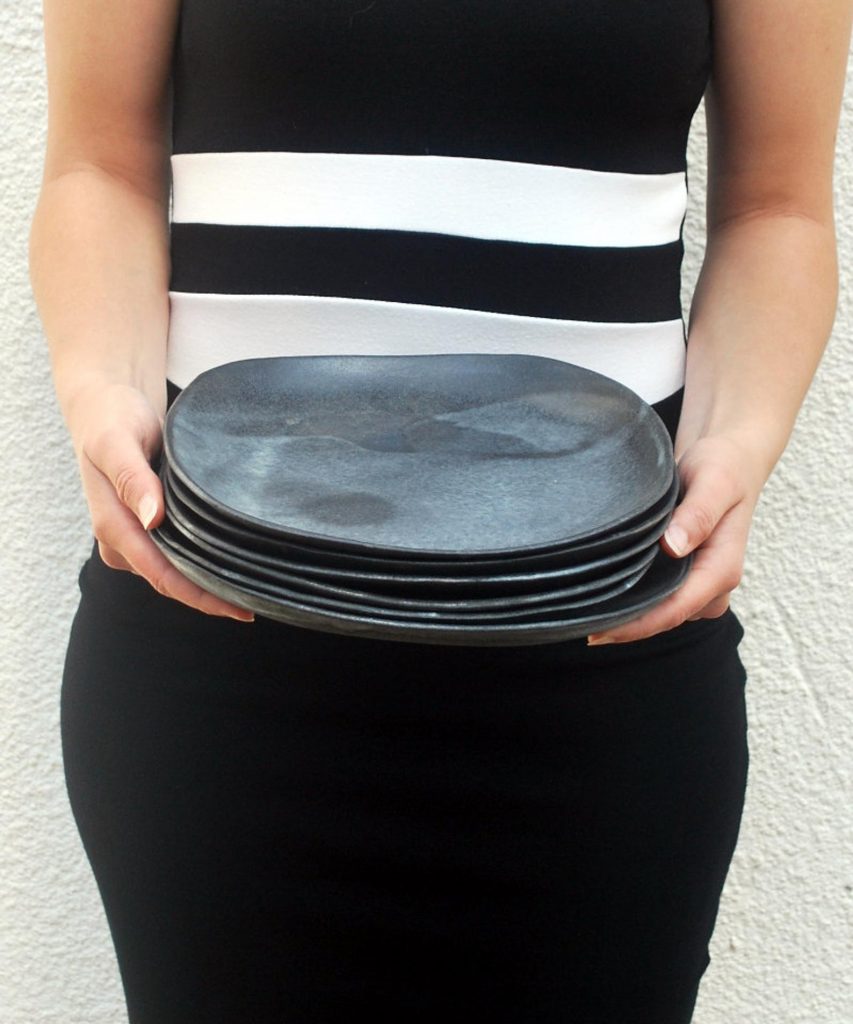
Inherently, Wabi Sabi encourages one to deny themselves of unnecessary pressure in the pursuit of perfection. When one accepts that time and chance happen, it becomes easier to appreciate things while they exist. It also makes it easier to let those things go after they have served their purpose.
This simple, appreciative way of life is the philosophy and driving force behind the Wabi-Sabi school of thought.
What Is Wabi-Sabi Design?
The Wabi-Sabi designs refer to an art form of decoration or aesthetics that combines naturalness and simplicity. It describes a way of life that shines a light on simple authenticity and the beauty of that way of life.
The Wabi-Sabi design means holding onto the old for their historical and sentimental value, rather than always pursuing the new. It is a sustainable way of life that teaches one to value history over trends.
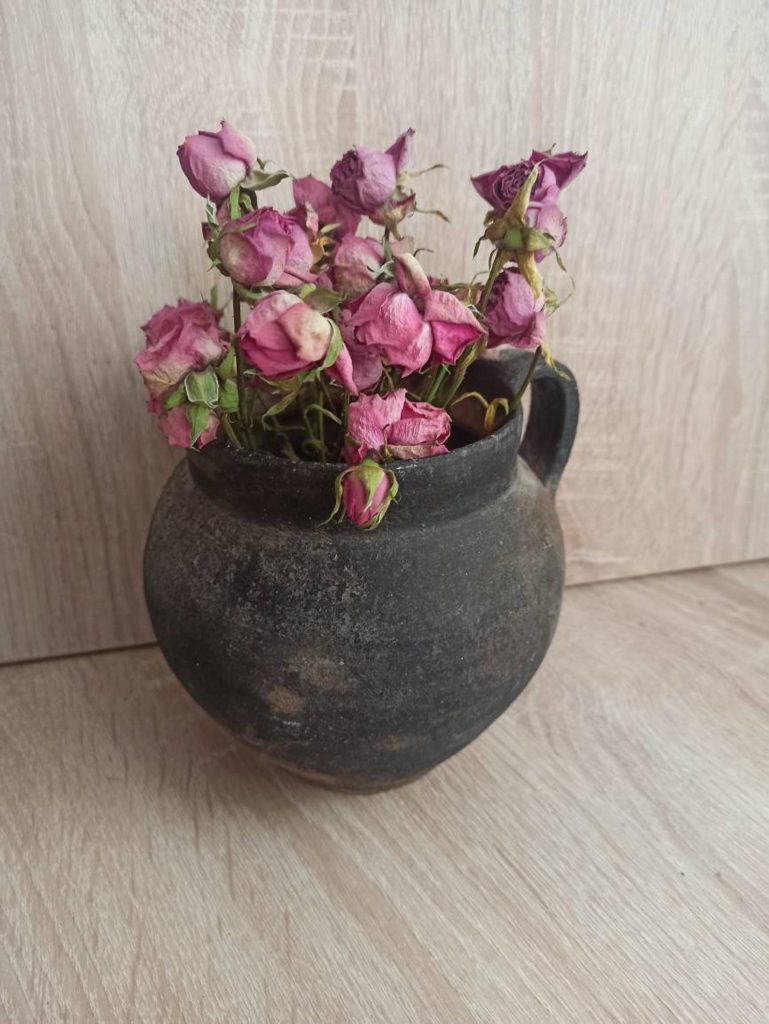
Treasures don’t always have to be shiny and new. They could be a family heirloom, a well-loved item, a memoir, etc. As long as it helps one see the history and beauty beneath the flaws, beneath the roughness, it is precious.
What Is The Wabi-Sabi Lifestyle?
The Wabi-Sabi lifestyle teaches us to always follow after authenticity and the joys of naturalness. It leads one to accept and appreciate things and people for their services, rather than being trendy.
Conclusion
The Wabi-Sabi way of life is a simple one that embraces the philosophy of authenticity and simplicity. It helps one shed those aspects of arduous living that burden one with pressure and find the next new thing.
The Wabi-Sabi way of life helps us understand and appreciate the true beauty of ourselves and those around us. When we begin to accept ourselves and our flaws, it becomes easier to see the beauty around us. That is what Wabi Sabi is.

